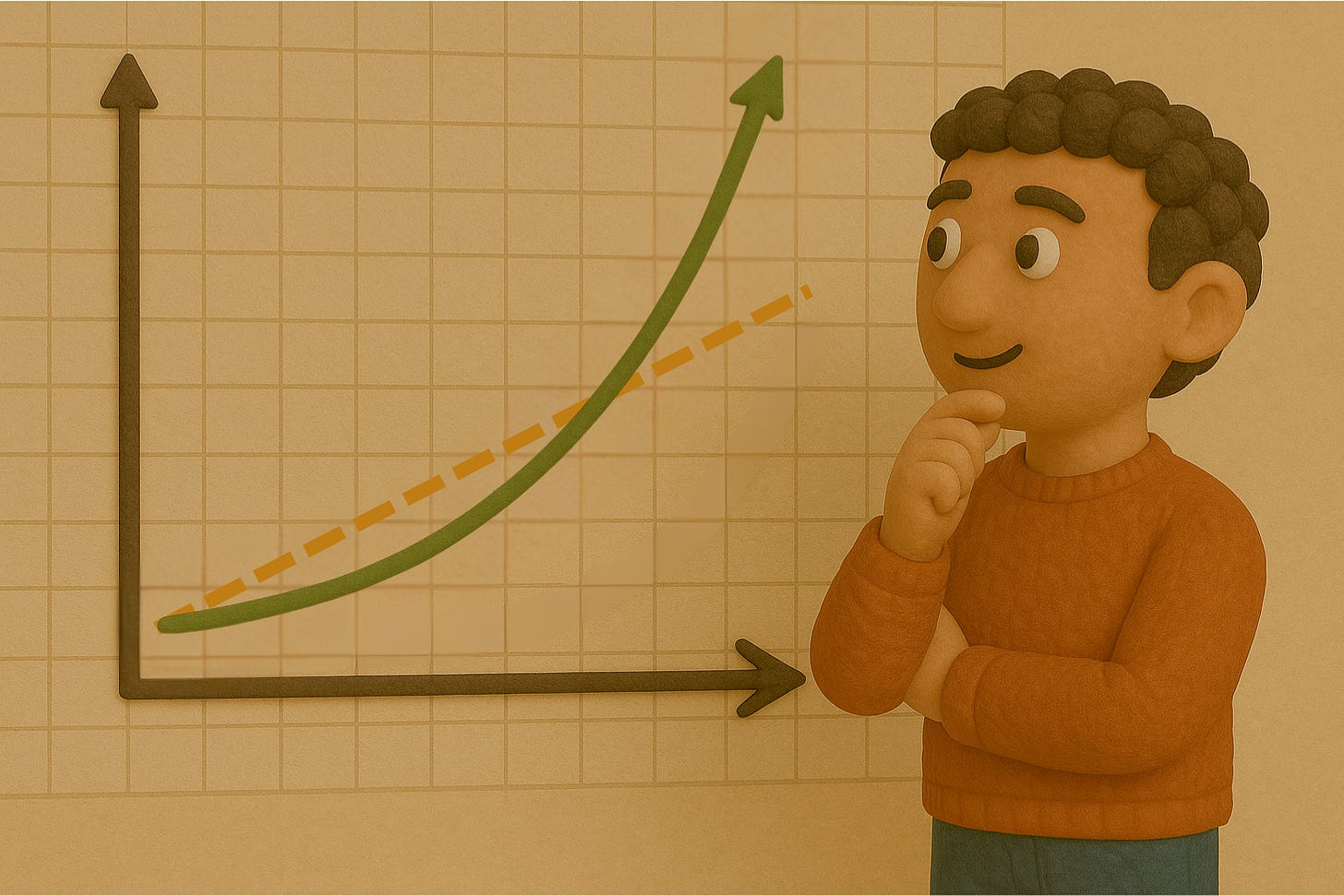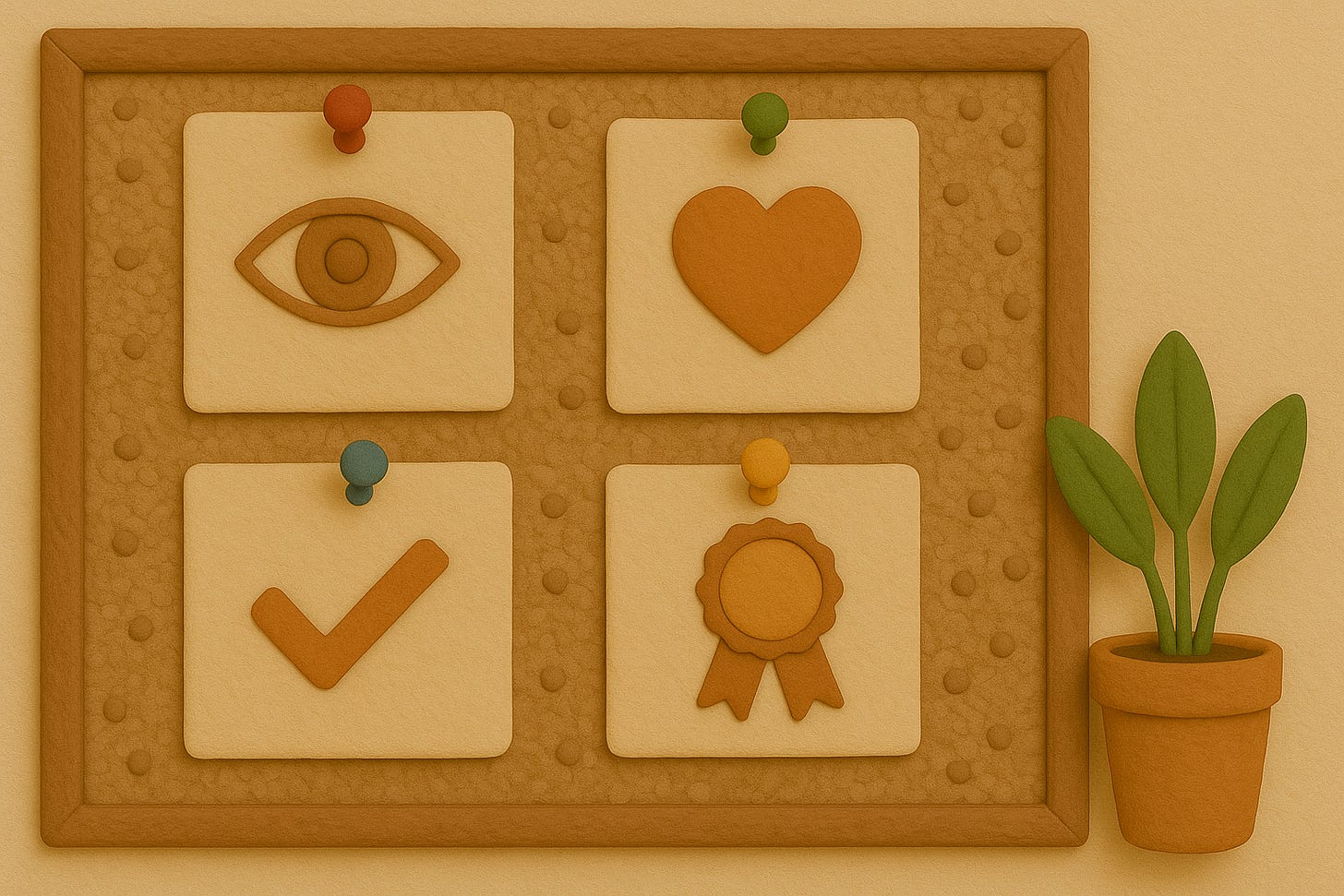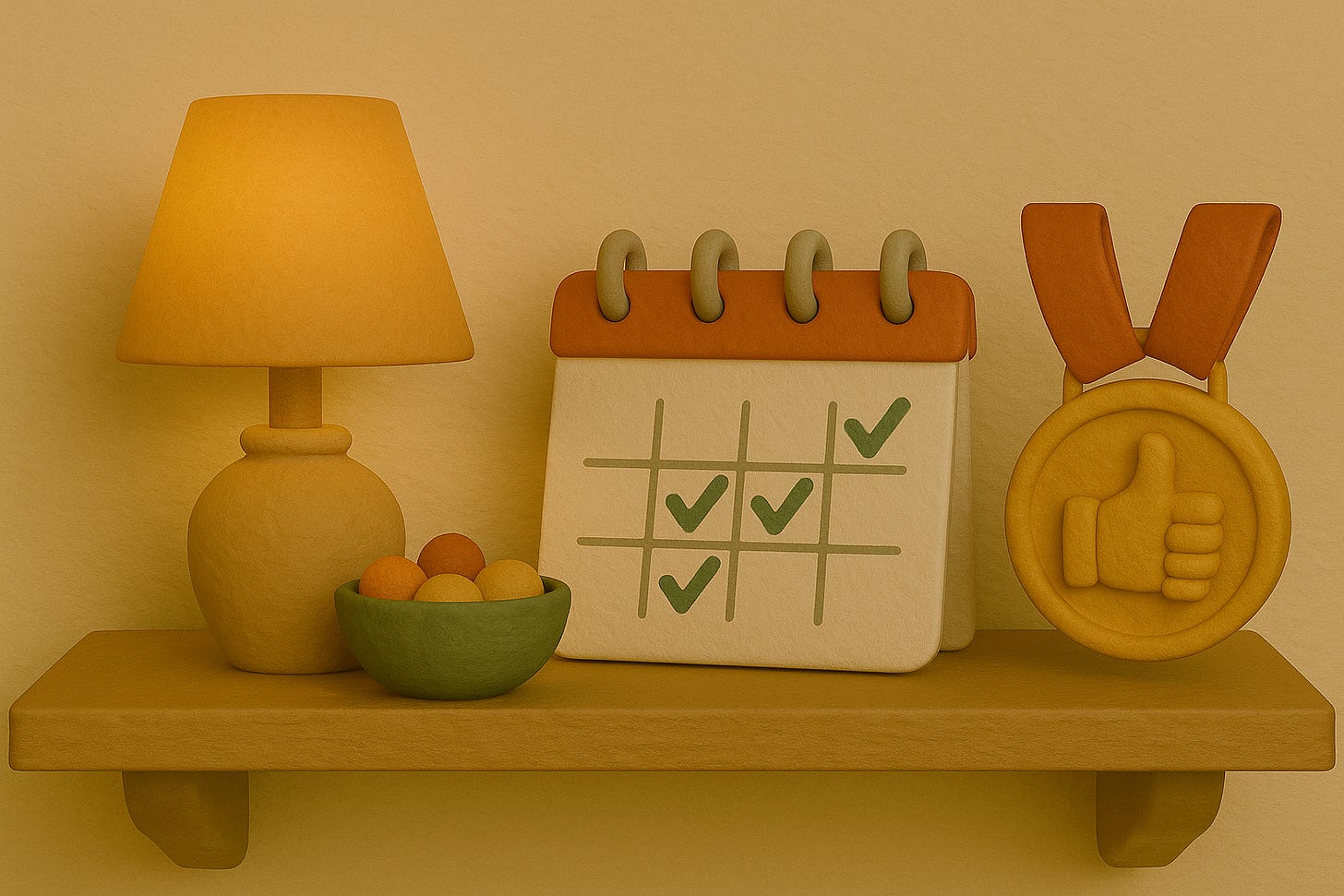The Science of Habits: Tiny Changes, Remarkable Results
How I Built Systems That Changed My Fitness, Finances, and Focus
“You do not rise to the level of your goals. You fall to the level of your systems.”
That’s one of the best lines from James Clear’s brilliant book Atomic Habits, and it has stuck with me ever since I read it.
It captures the truth most people miss: results don’t come from big goals or bursts of motivation, but from the systems you design and the habits you perform day after day.
Over the past few years, I've rigorously applied this principle to various aspects of my life, whether it was building a consistent gym routine, maintaining a healthy diet, automating my finances, learning new languages, excelling in university studies, or even writing this newsletter.
In this post, I try to delve into the science of habits and share first-principle strategies that can make habit formation significantly easier.
Habits are compounding interest for your life
Habits, much like compounding in finance, have a compounding effect.
This means that small, consistent improvements can lead to significant growth over time.
For instance, if you improve by just 1% every day, it might seem negligible at first. However, over the course of a year, this daily improvement compounds to make you 37 times better.
Conversely, if you deteriorate by 1% each day, you'll find yourself 99% less effective by the end of the year.
Here’s the tricky part: when you start building habits, the initial progress might feel slow and almost unnoticeable.
This is because the benefits of habits often follow a nonlinear compounding curve. In the beginning, the changes are subtle, but as you continue to stack your skills and habits, they eventually reach a tipping point where the compounding effect becomes explosive.
This is why persistence is crucial in habit formation. What seems like slow progress is actually the foundation for significant long-term growth.
Goals vs. systems: why most people fail
Most people obsess over goals. They set New Year’s resolutions, create 90-day challenges, or write down milestones in their journals. And then they wonder why the results don’t last.
The truth is, winners and losers often share the same goals. Every athlete wants to win gold. Every startup founder wants success. Every student wants to pass exams. The goal itself doesn’t differentiate them.
Goals are useful only for direction. They’re the compass, not the vehicle.
Systems, on the other hand, are what move you forward. They are the processes and habits you repeat daily, the environment you live in, the identity you reinforce.
Why identity-based habits stick
Most people try to build habits backward. They start with an outcome (“I want to lose 10 kilos”) and then work backward to the process.
But the real key is to flip that around: start with identity.
Outcome-based: I want a six-pack.
Identity-based: I’m the kind of person who trains consistently and eats healthy.
When your actions are tied to your identity, they stick. Skipping a workout or bingeing on junk food doesn’t just break a goal, but it conflicts with who you believe you are.
That’s why smokers who say “I’m trying to quit” rarely succeed, while those who say “I’m not a smoker” have already shifted their identity.
I’ve used this myself:
Instead of “I want to bench X kg,” my identity is “I’m an athlete who trains hard.”
Instead of “I want to sleep 8 hours,” it’s “I’m somebody who takes care of their health and recovery.”
Instead of “I want to build a newsletter,” it’s “I’m a writer who shows up weekly.”
Once the identity is in place, the habits follow.
The 4 Laws of Behavior Change
Habit formation essentially boils down into four laws:
Make it obvious (cue)
Make it attractive (craving)
Make it easy (response)
Make it satisfying (reward)
This simple framework has helped me design habits across fitness, learning, finance, and creativity. Let’s walk through each one.
1. Make it obvious (cue)
Habits start with cues. If the trigger isn’t there, the habit doesn’t fire.
Your environment is stronger than your willpower.
That means you should:
Place good cues in plain sight.
Hide bad cues out of sight.
Examples from my life:
My home gym door stays open. When I walk past, I see the weights staring at me, reminding me to work out.
My phone home screen contains mostly productivity and learning apps, not Instagram or TikTok. When I reach for my phone, the cue is learning, not distraction.
Don’t leave junk food on the counter, but store it in a hidden place.
Even small environmental tweaks pay off big. Want to learn guitar? Put it on a stand in the living room instead of keeping it hidden in a case. Want to floss more? Place the floss right next to your toothbrush.
Awareness always precedes change.
2. Make it attractive (craving)
Habits stick when they feel rewarding before you even start. That anticipation is a dopamine loop.
Temptation bundling is my favorite strategy: pair something you want to do with something you should do.
I only watch Netflix when I’m on the elliptical. (Yes, I literally mounted a TV above it.)
I try to only drink coffee when doing deep work sessions.
I save podcasts for long walks or commute time.
Social motivation also works. Humans are status-driven, so aligning your habits with social approval makes them easier to maintain. That’s why leaderboards, streak counters, or even just telling friends about your goals works so well.
For me:
Fitness became fun when I tied workouts to my identity.
Japanese learning became sticky once I gamified it with apps like WaniKani and Anki.
Writing this newsletter became easier once I felt the reward of subscribers replying, sharing, and seeing the numbers climb.
Make habits attractive, and you won’t need as much willpower.
3. Make it easy (response)
Here’s a counterintuitive truth: motivation doesn’t lead to action. Action leads to motivation.
Most people wait until they feel ready, which never comes. The key is lowering the friction.
The Two-Minute Rule: any habit can be scaled down to two minutes.
Want to run? Just put on running shoes and step outside.
Want to read more? Open a book and read one page.
Nine times out of ten, those two minutes expand naturally. But even if they don’t, you’ve cast a vote for your identity.
How I use this:
Home gym: zero friction. On lazy days I can lift in the same clothes I’m wearing.
Japanese reviews: always on my phone, perfect for train commutes.
Investing: 100% automated. Money flows into ETFs without me touching it.
Extra movement: I installed an under-desk treadmill. I can walk a few thousand steps while working.
And don’t forget the inverse: increase friction for bad habits.
Want less social media? Delete the apps and force yourself to log in via desktop. Tiny obstacles kill bad behaviors.
When we have junk food in the house, sometimes I literally put it in the freezer.
That way, whenever a craving hits me, I have to wait for at least half an hour to eat it and thereby drastically increase the friction to pursue the bad habit.
4. Make it satisfying (reward)
We repeat what feels good. That’s why you need to build immediate rewards into your habits.
Practical ways to do this:
Fitness progress: hitting new PRs in the gym or seeing VO₂ max increase feels addictive.
Habit tracking apps with streaks and heat maps. My Japanese learning streak keeps me hooked and basically forces me to never skip a single day.
Sleep scores: my Oura Ring shows my resting heart rate and recovery improving. That’s satisfying.
Milestones in writing: reaching 500 subscribers, then 1,000, and so on.
Recently I hit “#50 Rising in Education” which was super rewarding and reinforces this writing habit.
The human brain is wired for instant gratification, so if you want long-term results, bake in small wins along the way.
Systems > goals, every time
To summarize:
Habits are the compounding interest of self-improvement.
Goals are for direction. Systems are for progress.
Identity-based habits beat outcome-based ones.
Use the 4 Laws: make it obvious, attractive, easy, and satisfying.
When you see “overnight successes,” what you’re really seeing is years of compounding habits hidden beneath the surface. The person who got “lucky” with a book deal had written every week for three years. The entrepreneur who “suddenly” blew up had been showing up daily with consistency.
The outside world sees the result. The inside story is small, repeated systems compounding over time.
The takeaway
If you want to change your life, don’t start with goals. Start with identity. Build systems that reinforce it.
And remember: every tiny 1% action compounds. Every streak reinforces who you are. Every habit is a vote for the person you want to become.
When people look back and call you “lucky” or “disciplined,” you’ll know the truth: it wasn’t luck or willpower. It was compounding habits, stacked one day at a time.
Thanks for reading.
See you next Saturday :)
— Tobi
If this resonated with you, forward it to a friend who might enjoy this.
💡 Question: What are some principles that helped you build better habits?
Resources
Atomic Habits by James Clear






Thanks for this; it dovetails really well with a framework I've followed for the past year of Doing Quests, Not Goals. The piece about identity is where they overlap: being someone who chooses to do a particular thing, to take on a certain type of endeavor.
Good habits are crucial for improvement.